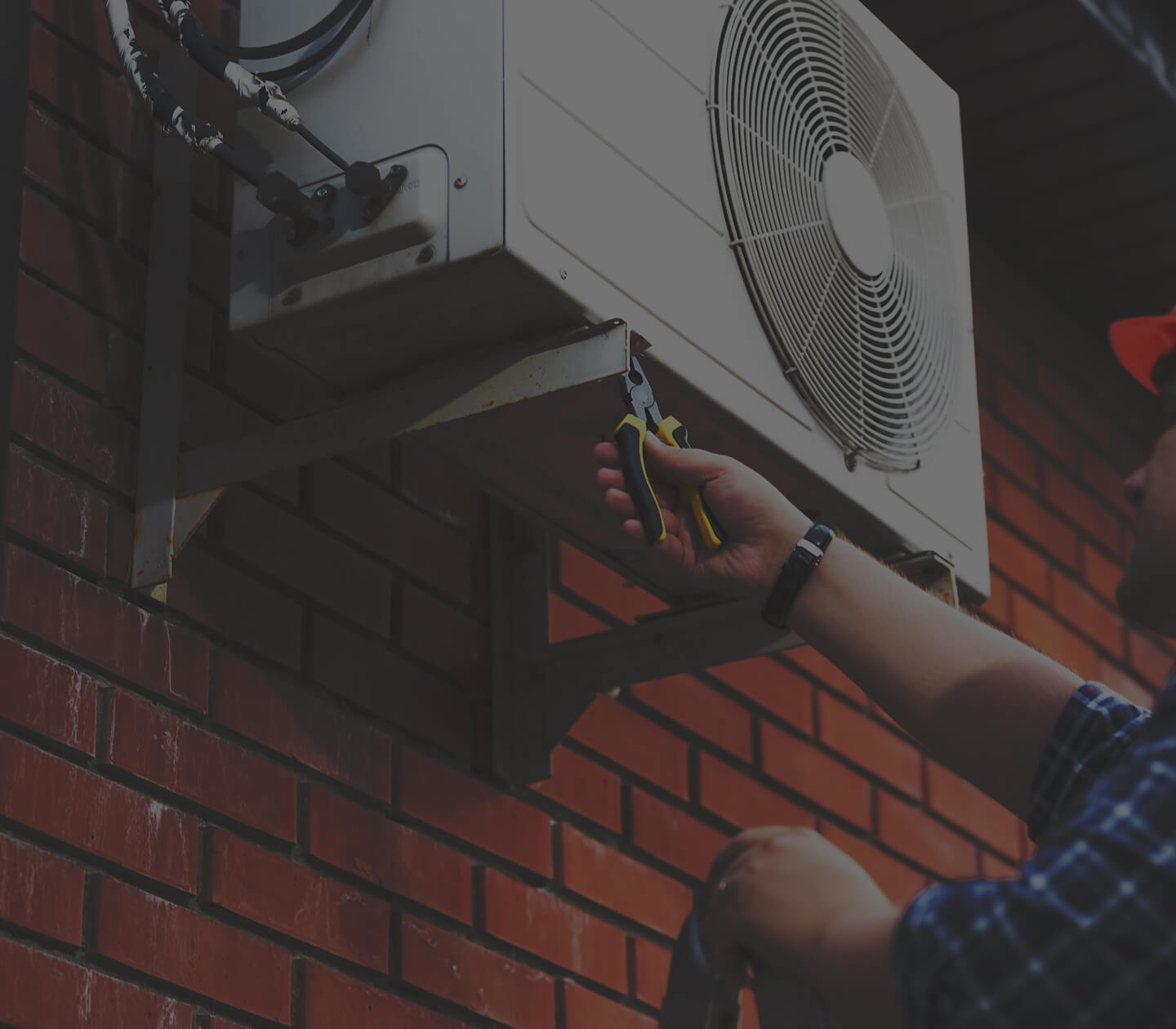Your HVAC system plays a vital role in the overall comfort of your home. No matter the season, your HVAC system is working all year round, and the only issue with that is that it means your HVAC blower motor is running fairly consistently during this time. While this in itself isn’t an issue, after all, they are designed with heavy use in mind, as any mechanic and service technician will tell you, they won’t last forever. So, how do you know when it’s time for an HVAC blower motor replacement? At Lee’s AC, we aim to keep our customers informed, so we’ve outlined everything you need to know about your HVAC blower motor.
How Much Does a Replacement HVAC Blower Motor Cost?
First things first, if your HVAC blower motor has already died on you, how much does a replacement cost? This can vary depending on the type of motor, the brand of your HVAC, and labour rates. That being said, on average, you can expect to spend the following for an HVAC blower motor replacement:
- $300 – $900 for a standard single-speed motor itself
- Up to $2,000 for a variable speed or ECM (Electronically Commutated Motor) model
- $500 – $1,200 for the labor involved
Be sure to check your HVAC’s warranty information before you go ahead with any kind of repair. If you’re unsure about your unit, contact the manufacturer to find out, and you could save a good amount on your repair.

How Long Does an AC Blower Motor Last?
Even if you’re not currently experiencing issues with your HVAC, knowing the estimated lifespan of your blower motor can help you avoid a panic. Before needing to be replaced, HVAC blower motors last, on average, 10-20 years. We know, that’s quite the margin for error, but the lifespan really depends on how much your HVAC is used and how often it’s serviced. A few things to watch for are:
- How often is the filter changed? A Lack of regular filter changes can result in restricted airflow, affecting the unit’s lifespan
- Excessive dust or moisture in the system. If you’re noticing poor air quality or mold appearing around your vents, this could be indicative of an underlying issue with your HVAC system.
- Poor, or a lack of maintenance. Poorly maintained systems will have a drastically shorter lifespan than one that’s been regularly checked and serviced.
In hot climates like Louisiana, it’s probably safe to assume your HVAC gets heavy use, so if you haven’t had yours serviced in a while, it’s a good idea to have it checked out. Preventive AC maintenance can save thousands in repair and replacement costs.
How to Tell if Your HVAC Blower Motor is Bad
You’ll probably be able to tell pretty quickly if you need an HVAC blower motor replacement, but there are also a few things to watch out for that may be able to give you a heads up before your system quits. Keep an eye out for these signs:
- Weak or no airflow from your vents
- Unusual noises coming from your unit, such as buzzing, rattling, or squealing
- A burning smell coming from your vents
- The blower not starting even when the rest of the system runs normally
Noticing one or more of these signs means it’s time to book an AC inspection and have your system looked at and potentially serviced before things get worse. You may need an HVAC blower motor replacement, or another part of the system may be to blame.
Where the HVAC Blower Motor is Located
The blower motor in most HVAC systems is typically located inside the air handler or furnace unit, usually near the base.
For split systems that use a central AC and furnace combo, check in the indoor unit, often located in a closet, attic, or basement.
For package units, or all-in-one systems, the motor can be found inside the main cabinet.
In both cases, to access the blower motor, you’ll usually need to remove the panel on the front of the unit. If you’re doing this yourself, be sure to turn off all power to the system before getting started.

How to Test Your HVAC Blower Motor with a Multimeter
So let’s say your HVAC system has stopped working and you suspect you need a blower motor replacement. The first thing to do is to test it with a multimeter to determine if it’s faulty or if another part is causing the issue. To do this, you’ll first need to buy or borrow a multimeter, then follow these steps:
- Turn off all power to the HVAC system at the breaker.
- Access the blower motor by removing the front panel on your system.
- Disconnect all wires from the motor terminals.
- Set your multimeter to the resistance (Ohms) setting.
- Place the multimeter leads on the terminals to check the motor windings. You should get some kind of resistance reading, not zero or infinite.
- Place one lead on a terminal and the other on the motor’s metal casing to test for ground faults. If you get a reading while doing this, the motor could be grounded and defective.
If you don’t have a multimeter available or if you’d simply rather have a professional take a look for you, Lee’s AC is here to help. Book your appointment now.
A properly functioning blower motor is essential to your HVAC system’s performance and, in turn, your comfort. Understanding how it works, how long it should last, and how to troubleshoot problems can save you both time and money in the long run. We hope this blog has helped to shed some light on the mysteries of HVAC systems, and remember, if you’re having issues with your HVAC system and need a hand, Lee’s AC has got you covered.


